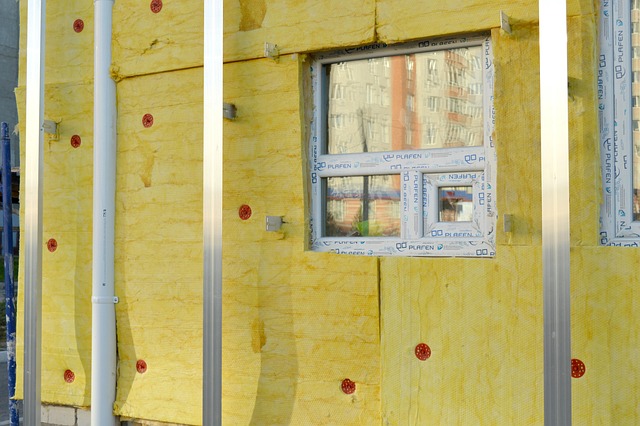Exploring the Depths of Additive Synthesis: A Guide for Audio Technology Enthusiasts
As audio technology enthusiasts, we are constantly searching for ways to create, manipulate, and better understand sound. One technique that stands out in the realm of sound synthesis is additive synthesis. This method, which involves combining multiple sine waves at different frequencies, offers a deep and rich approach to crafting sounds that can evoke emotions and inspire creativity.
What is Additive Synthesis?
Additive synthesis takes its roots from the fundamental nature of sound itself. By layering simple waveforms, specifically sine waves, we form complex tones. Imagine a painter mixing basic colors to create a stunning new hue; additive synthesis does precisely that—combining the simplest elements of sound to produce vibrant and intricate auditory landscapes.
The Process: Building Complexity from Simplicity
At its core, additive synthesis allows you to manipulate several parameters, including frequency, amplitude, and phase. By adjusting these elements, you can create everything from gentle harmonics to bold, rich textures. The beauty of additive synthesis lies in its flexibility, enabling you to navigate between soft, delicate sounds and bold, atmospheric ones. As you layer more sine waves, the resulting sound becomes more complex and interesting, much like a symphony coming together.
Practical Applications for Music Creation
Additive synthesis has become a powerful tool for music creators, allowing for endless possibilities in sound design. Musicians can use this technique to forge new instrument timbres, design cinematic soundscapes, or develop unique effects that stand out in a crowded sonic field. With software synthesizers like Native Instruments’ Reaktor or Max/MSP, enthusiasts can explore and experiment with additive synthesis to discover their own unique sound signatures.
The Emotional Power of Synthesis
One of the most captivating aspects of additive synthesis is its potential to evoke deep emotions. As you experiment with different combinations of frequencies and amplitudes, you may find yourself tapping into a range of feelings—from nostalgia to euphoria. This method allows for a deep connection with the listener, drawing them into a world built on layers of sound that resonate on both a personal and universal level.
Getting Started with Additive Synthesis
If you’re eager to dive into the world of additive synthesis, here are a few steps to get you started:
- Choose a DAW: Popular digital audio workstations like Ableton Live, FL Studio, or Logic Pro support powerful additive synthesis plugins.
- Experiment with Oscillators: Explore different waveforms and create your own sine wave layers. Start simple, then build complexity.
- Adjust Parameters: Tweak the frequency, amplitude, and phase of each sine wave to see how it alters the final sound.
- Utilize Effects: Enhance your compositions with reverb, delay, and modulation effects to add depth and character to your sounds.
Join the Community
As you embark on your journey through the intricate world of additive synthesis, remember that you’re not alone. The thriving community of audio enthusiasts constantly shares tips, tricks, and inspiration. Online forums, social media groups, and local meetups can provide you valuable networking opportunities, feedback, and collaboration with like-minded individuals.



